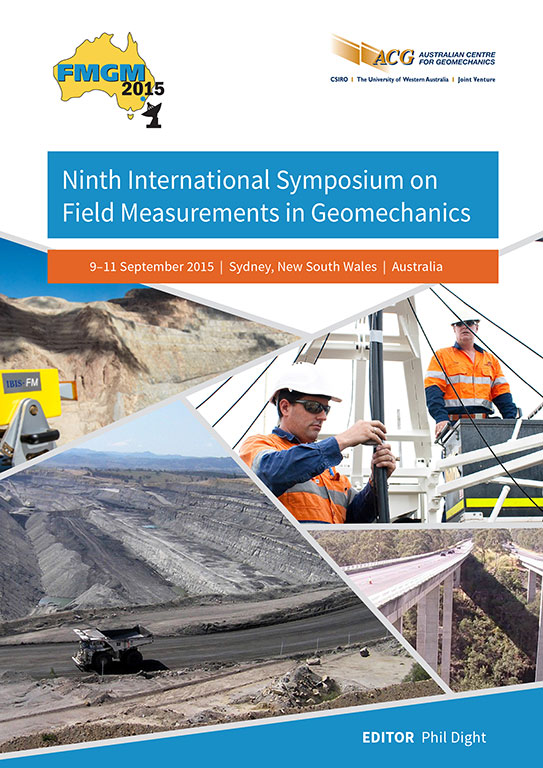Depth position errors in inclinometer surveys and false displacement results

|
Authors: Mikkelsen, PE; DiBiagio, E |
DOI https://doi.org/10.36487/ACG_rep/1508_03_Mikkelsen
Cite As:
Mikkelsen, PE & DiBiagio, E 2015, 'Depth position errors in inclinometer surveys and false displacement results', in PM Dight (ed.), FMGM 2015: Proceedings of the Ninth Symposium on Field Measurements in Geomechanics, Australian Centre for Geomechanics, Perth, pp. 117-123, https://doi.org/10.36487/ACG_rep/1508_03_Mikkelsen
Abstract:
The first indication of displacement error due to incorrect positioning of a traversing inclinometer probe was, in the authors’ experience, pointed out by a member of the landslide investigation team during the Clyde River Gorge project investigations at Cromwell, New Zealand in 1990. Preliminary results from one of the inclinometers indicated to the project geologists that active toe-buckling at the river level (or below) of the very high schist slope formation was occurring. After closer scrutiny, the data turned out to be false. Since then, many such project results have been brought to the authors’ attention, having experienced false displacement results due to systematic depth control changes and for the most part when nobody were cognisant of the issue. It is still very much of an unknown factor among inclinometer users, but it appears to be more of an issue now than before because of unavailability of original control cable manufacture and the introduction of thinner inclinometer cables. Accuracy of manual, traversing inclinometer surveys is entirely dependent on probe depth position repeatability. Any deviation produces a corresponding error because the casing attitude (tilt or slope) is never perfectly linear. In fact, a preponderance of installations are helical, readings of tilt (slope) always changes with the slightest change in depth. Two factors have to be present for depth position error (DPE) to be significant. Its magnitude is a function of curvatures in the casing (change in tilt with depth) and the vertical probe positioning error (PPE) or shift from the initial data set. In most cases, the PPE is an unknown and has to be estimated graphically or numerically. Error in the vertical positioning may occur in four ways: How do we know that this error is present? Based on experience over the years it was discovered that there is geometric congruence between plots of displacement error and magnitude of the tilt readings with depth. The error is mathematical or systematic! Distribution of changes has to be estimated based on the geometry (curvatures) with spreadsheet back calculation analysis. The latter procedure is frustrated by presence of other errors. It is very time consuming and not always entirely perfect. GTilt and DigiPro software allow corrections for DPE by trial-and-error, but without built-in diagnostic routines to estimate PPE. Confronting DPE and unknown PPE by using diagnostics and calculations is the main subject of this paper.
References:
Mikkelsen, PE 2003, ‘Advances in inclinometer data analysis’, in F Myrvoll (ed.), Proceedings of the 6th International Symposium on Field Measurements in Geomechanics, A. A. Balkema, Rotterdam, pp. 555-567.
© Copyright 2025, Australian Centre for Geomechanics (ACG), The University of Western Australia. All rights reserved.
View copyright/legal information
Please direct any queries or error reports to repository-acg@uwa.edu.au
View copyright/legal information
Please direct any queries or error reports to repository-acg@uwa.edu.au